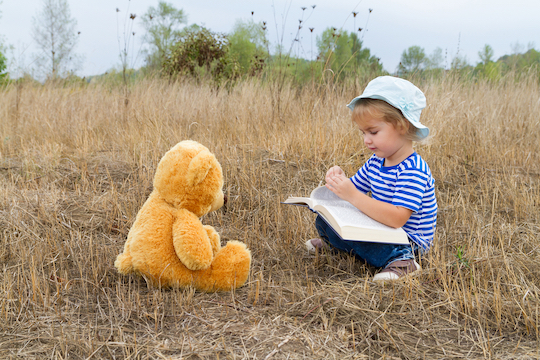At Aspire, we integrate personal stories into our training rooms as a way to lift theories off the page and offer an additional lens through which to understand ourselves and our colleagues in the workplace and the first question we ask is:
What’s the point?
The smell of a freshly sharpened pencil
The taste of a New York slice of cheese pizza
The sight of a giant oak tree standing tall without its leaves against winter’s dimming light
Our senses stir up powerful images, offering us a portal into numerous stories from our own lives.
For me, a freshly sharpened pencil connects me to my early childhood. The silver metal contraption fixed to my teacher’s desk offered several opportunities. First, it was an escape from the task at my desk, secondly a chance for a social encounter with a friend or a crush along the journey from my desk to my teacher’s, and third, an opportunity to crank the mechanism with just the right amount of force to achieve a crisp and neatly shorn graphite point. When that newly sharpened instrument returned to the page, I experienced the dual satisfaction of aesthetic and functional design delight! A practice I continue to cultivate today.
I’m currently honing this pencil story for an exercise we do around values. ‘Care’ is one of my core values and I think my affinity for pencil sharpening offers a decent metaphor. The time it takes to sharpen a pencil isn’t huge, but it’s a moment that requires attention. Too little force and the pencil lead never reaches its potential; too much and the lead continuously breaks.
While storytelling naturally flows for some, I see it as a muscle that needs development and regular working out to consider not only the detail around the beginning, middle and end of a story but also, the reason for telling it.
At one of our recent Aspire monthly learning and development days, fellow trainer Jeremy Todd and I led our team in a multi-sensory lunch to build our storytelling muscles.
The 5 Senses
Exploring the five senses, we designed different activities to facilitate access to a range of stories*. We looked at photographs of ourselves from childhood; shared different textured objects of meaning, listened to two different pieces of music while drawing rebelliously on tablecloths; challenged our palettes with chocolate miso brownies and indulged our olfactory organs with herbs and flowers picked fresh from our gardens.
These sensory entry points unearthed a range of memories and stories from our trainers. There’s a lot of evidence around the relationships between the senses and memories– smell particularly can transport us to moments from our past. With this in mind, Jeremy and I were curious to mine for stories through less logical, literal means. Rather than start with “think of a story that relates to this theory” we wanted to see if accessing story through music, photographs, textures, specific food and smells might open up new pathways into our lived experience.
(*there are more than five, but we focused on sight, sound, taste, touch and smell.)
What’s the Point?
A good story on its own is a feat. Hooking an audience and sustaining their interest requires several skills that can feel overwhelming if storytelling doesn’t come naturally to us. At Aspire, we love a good shortcut!
We often ask ourselves, ‘What’s the point?’ when we are leading an exercise or telling a story to bring that exercise or idea to life. Without getting too bogged down in all of the elements that comprise compelling storytelling, this simple question can help us frame the story we want to tell.
As Jeremy and I planned our sensory lunch, we kept returning to this question. It’s lovely to look at pictures of ourselves from childhood and draw on the table, sharing the provoked memories along the way—but how do we link it to relevant stories we can tell in the room as trainers?
Drawing out the Point
Some of our training courses examine assumptions, motivation, values, and how to give feedback (both positive and negative). We chose to focus on these areas as we framed each sensory storytelling prompt:
- How does the story behind your object reveal your values (i.e.: the pencil affinity!)
- What assumptions might we make about the photograph of you as a child? Is what’s happening in the still image, reflective of what is truly happening?
- While listening to two pieces of music and drawing, consider examples of times when you have given/received constructive feedback.
While specific exercises, models and theories are consistent within our courses, the individual spin each of our trainers adds to the way they present this material is one of the ways that makes Aspire unique.
We all carry many applicable stories and it’s intriguing to consider how we can access them and develop them for the training room.
I’m still working on the New York pizza slice story and the winter oak tree silhouette.
Stay tuned.


Leave a comment